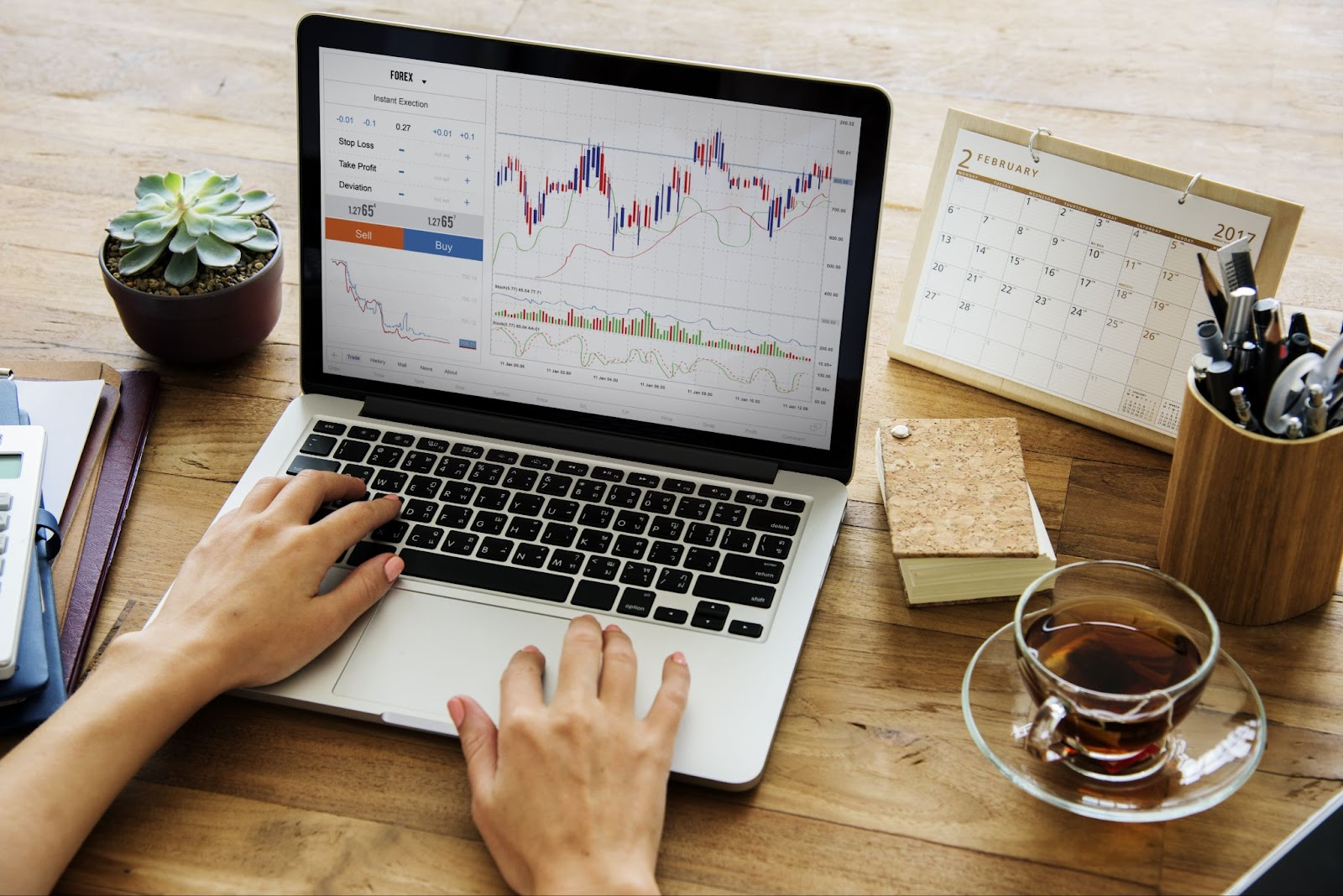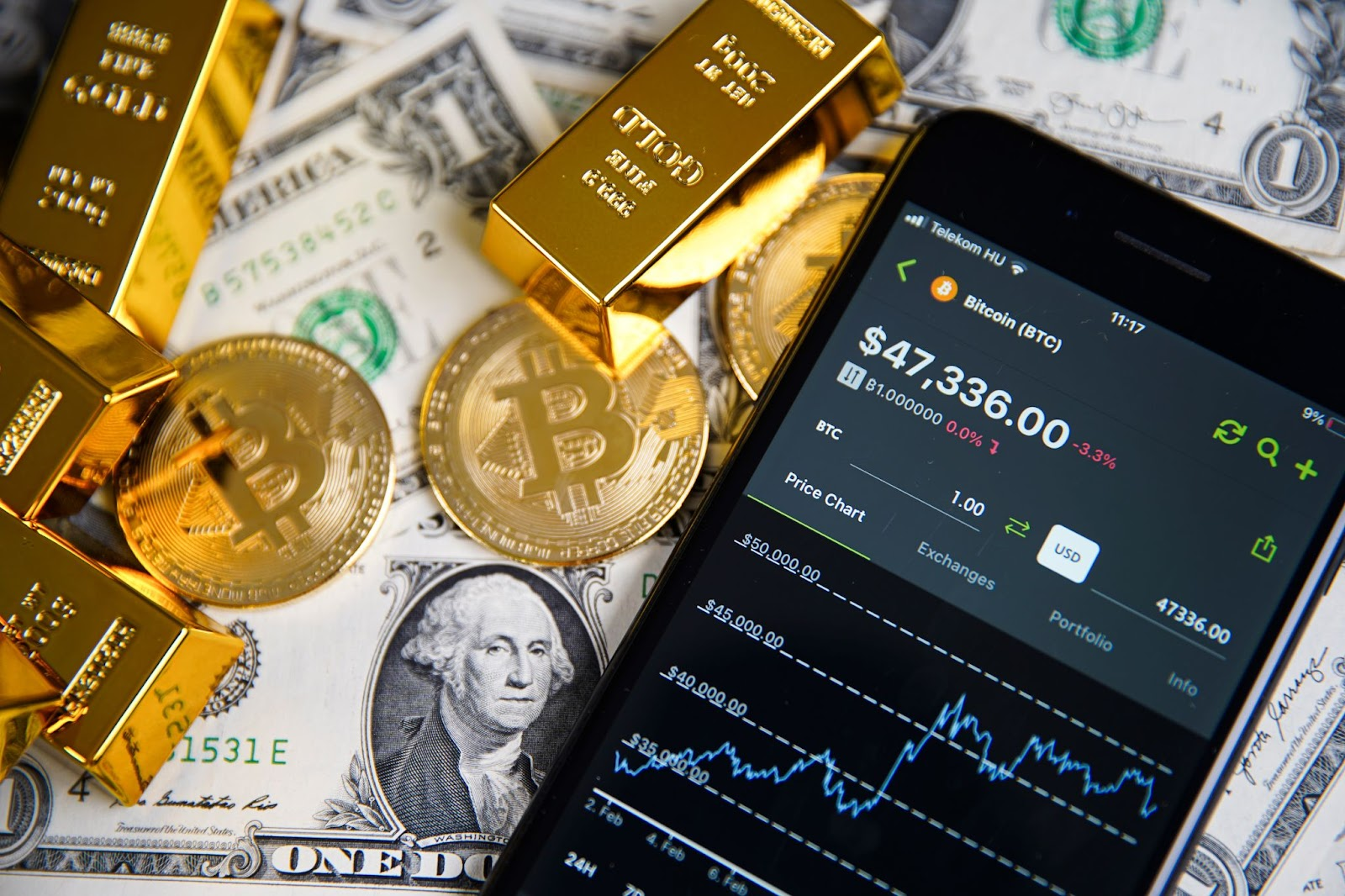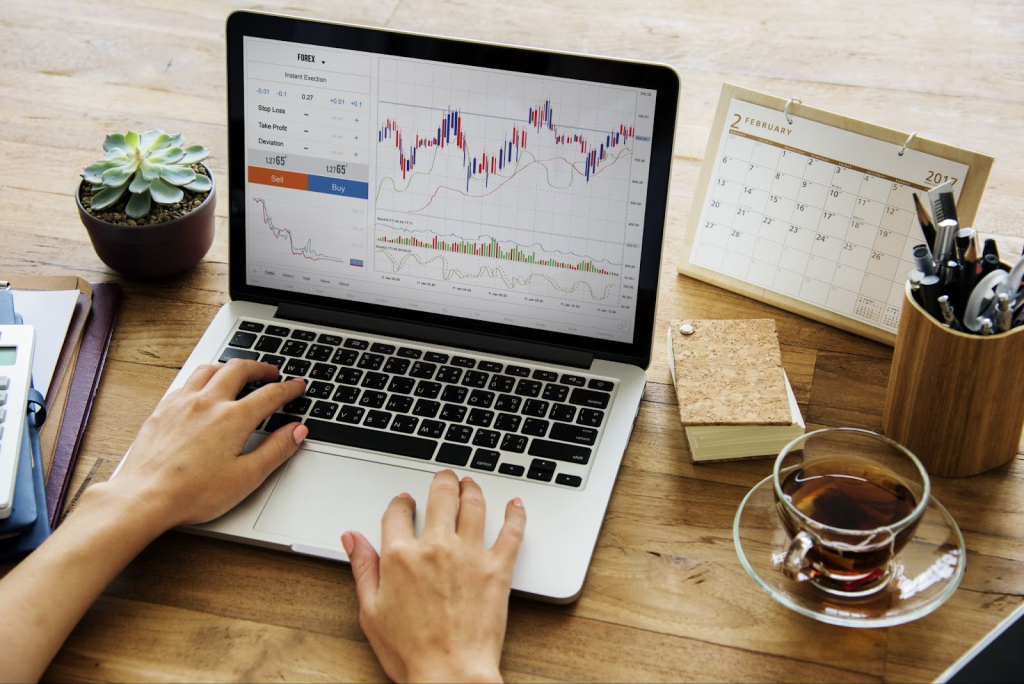-
Cutting winners short and letting losers run
This mistake is often the product of a desire to secure gains and avoid losses.
Example: A trader buys a promising tech stock. When it rises a bit, they sell out of fear of losing these small gains. Conversely, they hold onto a dropping stock for too long, hoping for a recovery.
Potential solution: Establish a clear exit strategy in advance. Using stop-loss and take-profit orders can automate this process, ensuring you’re not cutting profits short or holding losses.
-
Not developing a plan
Trading without a plan is like navigating unknown waters without a map. It can lead to impulsive and inconsistent decision-making.
Example: A novice trader jumps into the forex market based on a hot tip but doesn’t have a strategy for when, or how much, to buy and sell.
Potential solution: Putting together a comprehensive trading plan that outlines goals, risk tolerance and methodology can provide a roadmap for consistent decision-making and help avoid impulsive trading.
-
Not setting stops and limits in advance
Not setting stop-loss or take-profit points before placing a trade leaves traders vulnerable to market volatility and potentially significant losses.
Example: A trader enters a gold trade, expecting prices to rise. A sudden fall in prices leads to more significant losses than they were prepared to take.
Potential solution: Implementing stop-loss and take-profit orders automates risk management. These tools close trades when specific conditions are met, securing profits or limiting losses.
-
Not understanding the impact of leverage
Leverage allows traders to open positions for just a fraction of the full cost. While this can amplify potential profits, it can equally magnify losses.
Example: A trader uses high leverage to open a large forex position – a slight movement against their prediction results in substantial losses due to the use of leverage.
Potential solution: Responsible use of leverage is crucial. Understanding the risks associated with leverage, and knowing how much you’re comfortable potentially losing, is a key part of trading strategy.
-
Trading emotionally
Trading is as much a mental game as it is about numbers and trends. Allowing emotions to dictate trading decisions often leads to high-risk behaviours and inconsistent results.
Example: After a series of successful trades, a trader becomes overconfident and begins to risk more than they can afford to lose.
Potential solution: Stick to your trading plan and resist the urge to make impulsive decisions based on recent wins or losses.

The most popular markets to invest in right now
Indices
Stock indices like the S&P 500, Dow Jones, NASDAQ, and others around the world, such as FTSE 100 and Nikkei 225, represent a basket of leading stocks from a particular country or region. They’re often seen as proxies for the overall performance of the market or economy they represent.
For new traders, indices offer a simple and efficient way to gain exposure to broad market movements, instead of betting on the performance of individual companies.
While trading indices, it’s important to be aware of the factors that can influence the movement of the index, such as economic indicators, interest rates, political events, and earnings reports.
Forex
Foreign exchange (forex) is a decentralised global market for the trading of currencies. It’s the largest and most liquid financial market in the world, with trading volumes exceeding $5 trillion per day.
Forex trading involves the simultaneous buying of one currency and selling of another, which are known as currency pairs (like EUR/USD or GBP/JPY). Traders aim to take advantage of fluctuations in these exchange rates to make profits.
This market is open 24 hours a day during weekdays, providing flexibility for traders. Important influencing factors for forex trading include interest rates, inflation, political stability, and the economic performance of the respective countries.
Gold
Gold has been a store of value and a symbol of wealth for thousands of years. In the trading world, gold is a popular commodity market as it’s often used as a hedge against inflation, currency risks, or economic and political uncertainty.
As its value is not directly correlated with the stock market, it is often considered a useful asset for portfolio diversification. The price of gold can be influenced by various factors such as supply and demand, global economic health, real interest rates, and geopolitical events.
Crude Oil
Oil is a critical global energy source and therefore one of the most traded commodities in the world. The volatility and potential for significant price movements make oil an attractive commodity for traders, however, more volatility also increases the risks..
However, oil trading is complex and influenced by numerous factors. These include geopolitical tensions, OPEC policies, natural disasters, changes in supply and demand, and significant global economic indicators. Oil trading can be done via oil futures contracts, ETFs that track oil prices, or stocks of oil companies.
Stocks
Stocks are considered the most traditional form of investment. When buying equity, a trader is purchasing a small piece of ownership in a company.
Speculative traders take positions on individual equities to seek returns if a company performs well, and can even go short if they believe the company is facing headwinds. Still, it carries a higher risk compared to diversified trading like indices.
When focusing on equities, traders need to analyse the company’s financial health, industry position, and broader market and economic trends – all of which can influence the company’s share price.

Credit: City Index



